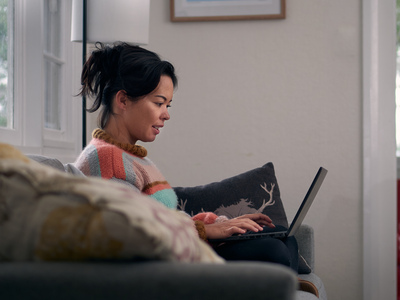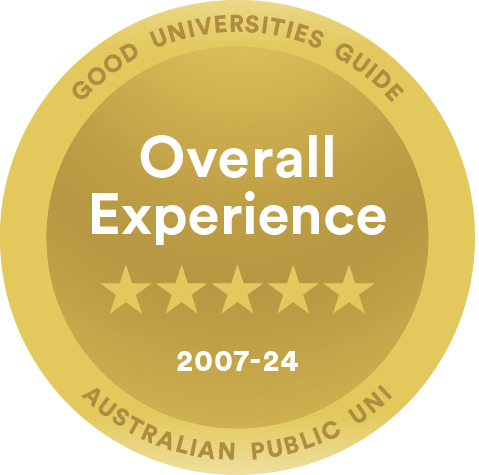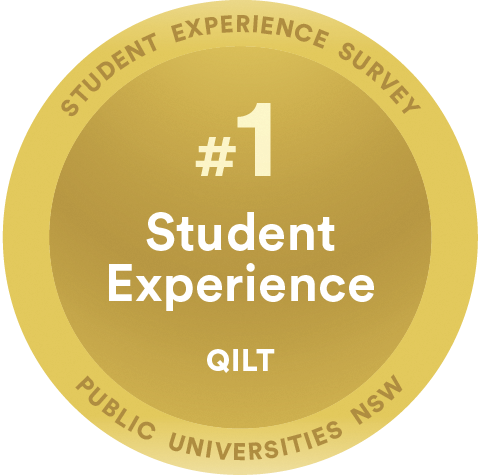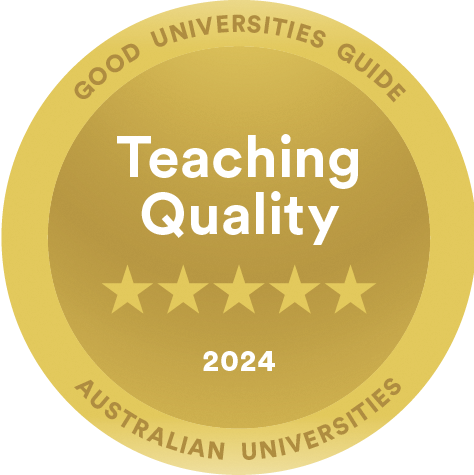Key facts
UNE unit code: GISC436
*You are viewing the 2024 version of this unit which may be subject to change in future.
- Trimester 2 - Online
- Yes
- No
- No
- 6
Unit information

Remote sensing and image analysis are an invaluable tool for resource management. Learn how you can use the power of big data to map and understand changes taking place at broad scales, and how these are used in real world applications.
Studying this unit will extend your capacity to apply the advanced aspects of remote sensing and image processing. Focusing on case studies, you will fine tune your understanding of the role of remote sensing and GIS for natural resource management.
You will explore digital image display and enhancement, image ratios, principal component analysis, image classification and image rectification.
Demonstrate your mastery of the various ways in which information can be extracted from digital imagery, adding to your spatial processing toolbox with the skills and knowledge to solve complex real-world problems.
Note that this unit is intended to extend your existing high-level computer literacy, and internet access is highly desirable.
Offerings
For further information about UNE's teaching periods, please go to Principal Dates.
| Teaching period | Mode/location |
|---|---|
| Trimester 2 | Online |
*Offering is subject to availability
Intensive schools
There are no intensive schools required for this unit.
Enrolment rules
Notes
While not mandatory, prior completion of GISC331 is recommended as it provides much of the foundational thinking that informs GISC436.
Please refer to the student handbook for current details on this unit.
Unit coordinator(s)
Learning outcomes
Upon completion of this unit, students will be able to:
- apply theoretical and technical knowledge of remote sensing and image analysis to process satellite images to identify different vegetation and objects;
- demonstrate a broad and coherent understanding of image enhancement techniques; analyse and evaluate how these can be used to extract information from digital imagery;
- analyse and evaluate image data and generate solutions to simple problems involving the use of the spatial processing toolbox and its application to real-world problems; and
- demonstrate autonomy, well developed judgement, adaptability and responsibility as a practitioner using the spatial processing toolbox for a specified task.
Assessment information
Assessments are subject to change up to 8 weeks prior to the start of the teaching period in which you are undertaking the unit.
| Title | Must Complete | Weight | Offerings | Assessment Notes |
|---|---|---|---|---|
| Practical Activity | Yes | 20% | All offerings | |
| Report | Yes | 20% | All offerings | No. Words: 1500 |
| Take Home Exam | Yes | 40% | All offerings | |
| Unit Quiz | Yes | 20% | All offerings | No. Words: 1200 |
Learning resources
Textbooks are subject to change up to 8 weeks prior to the start of the teaching period in which you are undertaking the unit.
Note:
Earth Observation: Data, Processing and Applications (All volumes)
Earth Observation Australia Inc
Text refers to: All offerings
A five-star experience
Five Stars,
18 Years in a Row
UNE is the only public uni in Australia awarded 18 straight years of five stars for Overall Experience
Good Universities Guide 2007-2024No.1 in NSW for
Student Experience
QILT (government-endorsed) ranks UNE as the top public NSW uni for Student Experience
QILT Student Experience SurveyFive Stars for
Teaching Quality
UNE rates among the top 20 per cent of universities in Australia for Teaching Quality
Good Universities Guide 2024
Studying online
At UNE we know it takes more than just being online to be a great online university. It takes time and experience. We pioneered distance education for working adults back in the 1950s, so we’ve been doing this longer than any other Australian university.
We understand the challenges faced by busy adults studying at home. We know that a vital part of online study is your engagement with the learning community. Communication with your classmates, teaching staff and university support staff will enhance your study experience and ensure that your skills extend beyond the subject matter. UNE’s teaching staff are experts in their field which is why UNE consistently receives five stars from students for teaching quality, support and overall experience.*
*The Good Universities Guide
Stay connected
Register your interest and we'll keep you updated
Why study with us?

I'm grateful to UNE for the opportunities studying has given me, but above all, for making me realise I could actually do it, and giving me a sense of accomplishment.
What happens next?
Got any questions about a course you would like to study? Don’t hesitate to contact us, our Future Student team is standing by to help.
2024 applications are now open. The application process only takes 20 minutes to complete. Don’t delay, apply now!
Your start date is based on the study period you choose to apply for.




